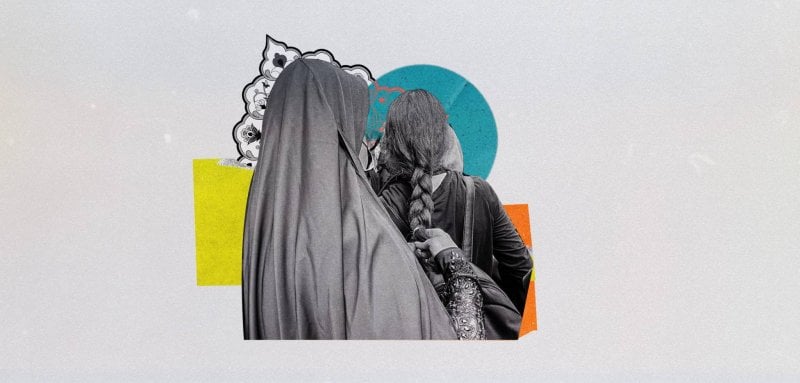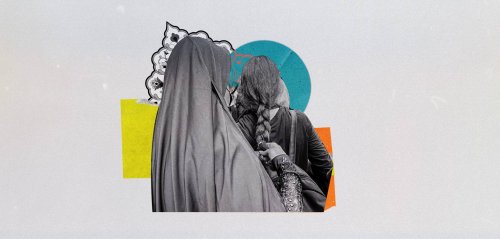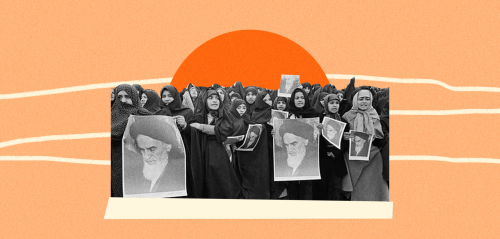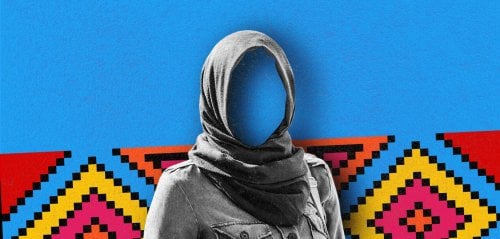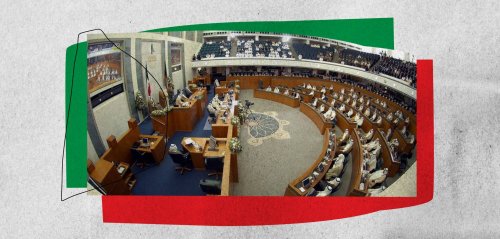The new hijab law has ignited a contentious debate within Iranian society. This new experimental legislation, initiated by the National Consultative Assembly of Iran, also known as the Iranian Parliament, on September 20th of the current year, bears the title the "Support for the Culture of Hijab and Chastity" bill. It is part of a three-year action plan to begin taking effect on the 23rd of this month.
This new draft law, comprising a total of 70 articles, includes 55 entirely new provisions, all of which have been approved by the parliament's judicial committee. It establishes penalties, ranging from imprisonment to fines, for individuals found in violation of the hijab law within the nation. Moreover, certain articles underscore the strict separation of genders in universities, government institutions, hospitals, clinics, and various public establishments.
In the closing segment of this law, crimes and violations by those failing to adhere to the hijab law are outlined. Such offenses may incur severe prison sentences, potentially extending up to twenty-five years, in addition to substantial fines.
Provisions that may target those who do not comply with the new law
Article 38, for instance, mandates penalties for "any person involved in the promotion of nudity, indecency, or disregard for compulsory hijab, or collaborating in such matters with foreign nations, media outlets, or anti-government groups and organizations." These violators face fourth-degree fines, which range between 500 million Iranian rials (equivalent to $1,000 USD) and 1 billion Iranian rials ($2,000 USD), coupled with prison sentences spanning from 5 to 25 years.
This new draft law, comprising a total of 70 articles, including 55 new provisions approved by the parliament's judicial committee, establishes penalties ranging from imprisonment to fines for individuals found in violation of the hijab law in the country
Furthermore, Article 39 condemns anyone, whether within the societal realm or the digital sphere, who "disparages the principle of hijab" or advocates for nudity and the abandonment of hijab attire. Such individuals will face a severe sentence, including fourth-degree fines. Moreover, the judicial authorities have wide discretion to intensify these penalties. In cases of repeated offenses, the fines will be amplified, and the initial penalties will be applied again.
Article 49 of this law stipulates that "anyone wearing immodest or indecent clothing" in public places will be subject to a fine, not exceeding the sixth degree for a first-time offense, and the fifth degree for repeat offenses.
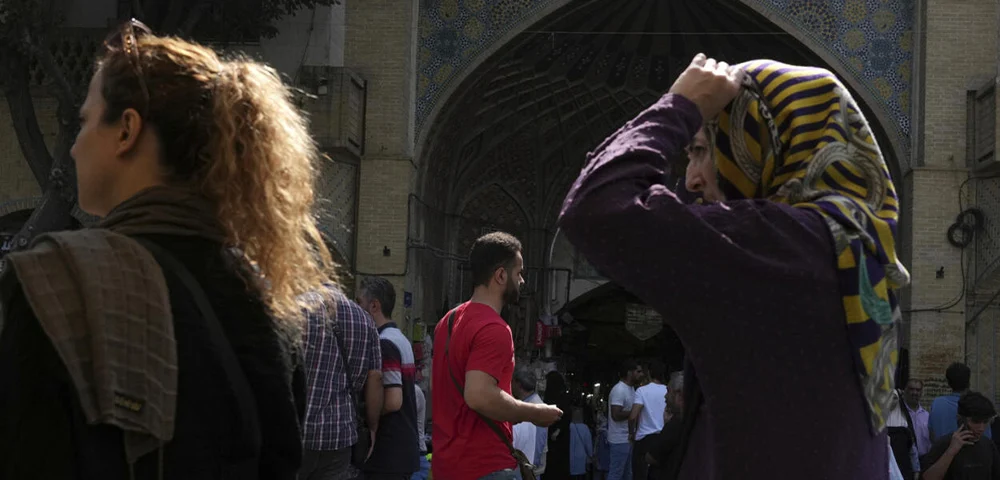 Women in the streets of Iran
Women in the streets of Iran
Article 50 of the Modesty and Hijab Bill states that "anyone appearing naked or semi-naked in public places or on public roads or wearing immodest clothing" will be apprehended by police officers, brought to the prosecution and judicial authorities for adjudication. They may be sentenced to imprisonment of the fourth degree or a fine of the third degree. In cases of recurrence, the imprisonment term may range from five to twenty-five years, or the fine may be doubled.
The law includes two notes specifying what constitutes inappropriate clothing for women and men. Women are prohibited from wearing "clothing that violates public decency, such as tight or revealing clothing, or clothing that exposes any part of the body below the neck, above the ankles, or above the elbows." Men are also prohibited from "wearing clothing that violates public decency, such as clothing that exposes any part of the body below the chest, above the knees, or the shoulders."
Hijab police through the lens of cameras
Following the Iranian authorities' announcement of the dissolution of the Hijab Police in response to the "Women, Life, Freedom" protests sparked by the death of Mahsa Amini in a Hijab Police detention center in Tehran, this police force has now returned in a new guise. It now employs surveillance cameras and advanced technology deployed throughout the country's streets. Additionally, it monitors individuals' activities on social media to identify those who do not comply with the new hijab law.
In accordance with the final text of the Hijab and Chastity Law, Iranian intelligence agencies, including the Ministry of Intelligence, the Revolutionary Guards' intelligence apparatus, and the Police Command, as well as the police force, Basij, and the Committee for the Promotion of Virtue and the Prevention of Vice, are authorized to engage with and confront individuals who fail to comply with the law in practice.
Furthermore, the Iranian Police Command is in the process of establishing and training forces referred to as "reliable forces" for on-the-ground engagements with those who "violate societal norms", akin to riot control units. The Authority for the Promotion of Virtue and Prevention of Vice is entrusted with forming grassroots groups within the domain of chastity and hijab to issue the necessary permits for those fulfilling this religious obligation, in accordance with the provided statement.
Responsibility for educating individuals who infringe upon these laws and discerning right from wrong lies with the Basij Organization, delivered only in a "verbal" capacity, while dealing with non-compliant individuals, whether within the societal framework or the virtual realm.
Article 43 targets celebrities and prominent figures in Iran
According to this article, "any person of repute or social influence (celebrities) who commits offenses outlined in this legislation, whether within the digital sphere or the physical world, shall be sentenced in accordance with the prescribed penalty for the offense in question. Additionally, they shall be subject to a second-degree fine or the confiscation of 10% of their total assets (excluding debt-related exceptions), whichever amount is higher. They shall be deprived of employment or professional activities for a duration ranging from six months to five years, as determined by the judge. Furthermore, they shall be prohibited from leaving the country for two years, and their online activities shall be banned for a span of six months to two years. Moreover, all previously non-compliant content shall be removed, and any conferred privileges, concessions, or exemptions shall be rescinded."
The law includes two notes specifying what constitutes inappropriate clothing for women and men, forbidding both men and women from wearing "clothing that violates public decency"
In the case of repeated violations of the law, a fine of the first degree or ten percent of their total assets (excluding debt-related exceptions), whichever is greater, will be imposed. Moreover, the duration of their exclusion from employment or professional activities will range from five to fifteen years.
A year since the protests
After the protests, the women's community in Iran found itself divided into two distinct groups. Some refused to adhere to the hijab law, while others emphasize its significance and advocate for compliance. Since then, women belonging to the first group had begun appearing in public without head coverings, and remarkably, they faced no opposition from any government authorities, particularly after the dissolution of the hijab police.
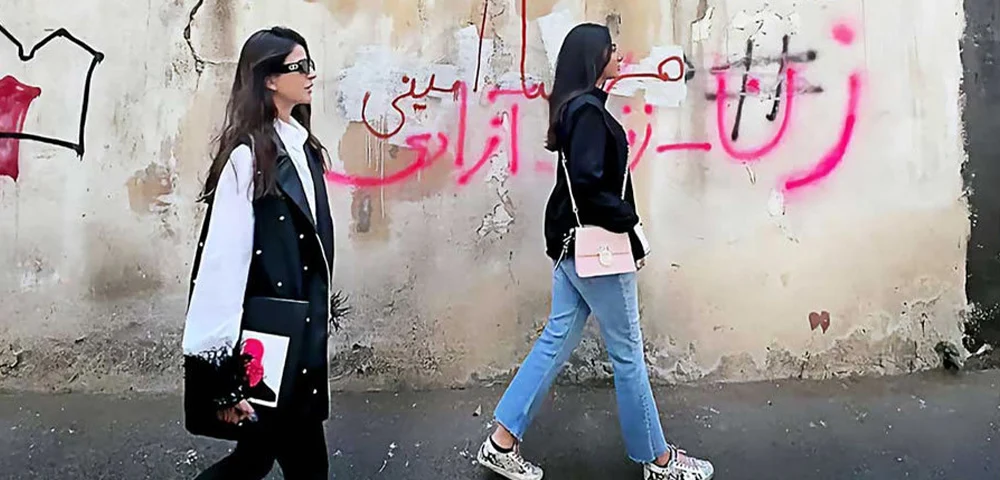 Women without hijab on a street in Iran, next to a wall bearing the slogan "Women, Life, Freedom"
Women without hijab on a street in Iran, next to a wall bearing the slogan "Women, Life, Freedom"
Over time, the wearing of the hijab had gradually become mandatory for Iranian women, implemented in various phases following the Islamic Revolution's victory in 1979. According to Iran's Islamic constitution, all Iranian female citizens are obliged to observe the Islamic hijab, regardless of their ethnicity, religion, or personal beliefs.
It seems that Iranian women are now at a crossroads, with the parliament having decisively approved the enforcement of the experimental hijab law. What awaits them in the future? Will they persist in their resistance against the regime and the law, or will they succumb to the severe and stringent penalties outlined in the "Support for the Culture of Hijab and Chastity" bill?
Raseef22 is a not for profit entity. Our focus is on quality journalism. Every contribution to the NasRaseef membership goes directly towards journalism production. We stand independent, not accepting corporate sponsorships, sponsored content or political funding.
Support our mission to keep Raseef22 available to all readers by clicking here!
Interested in writing with us? Check our pitch process here!
